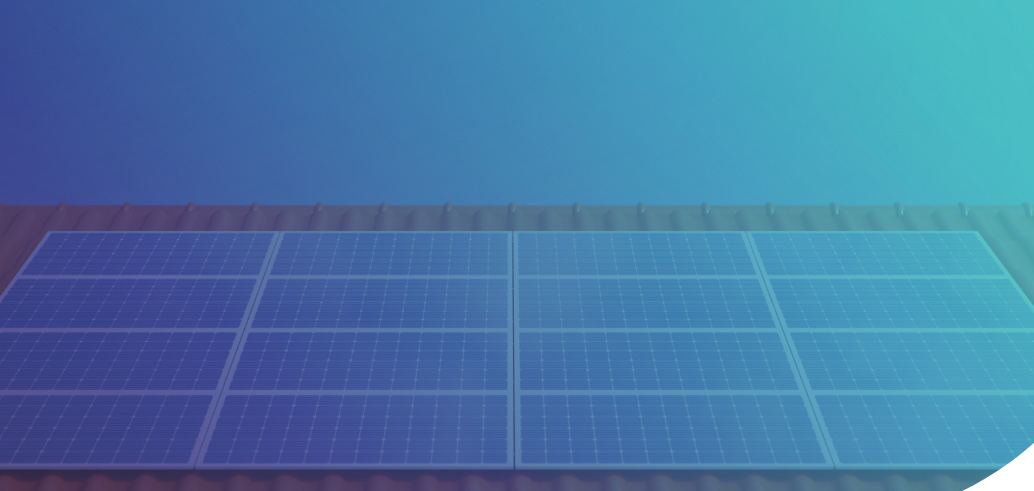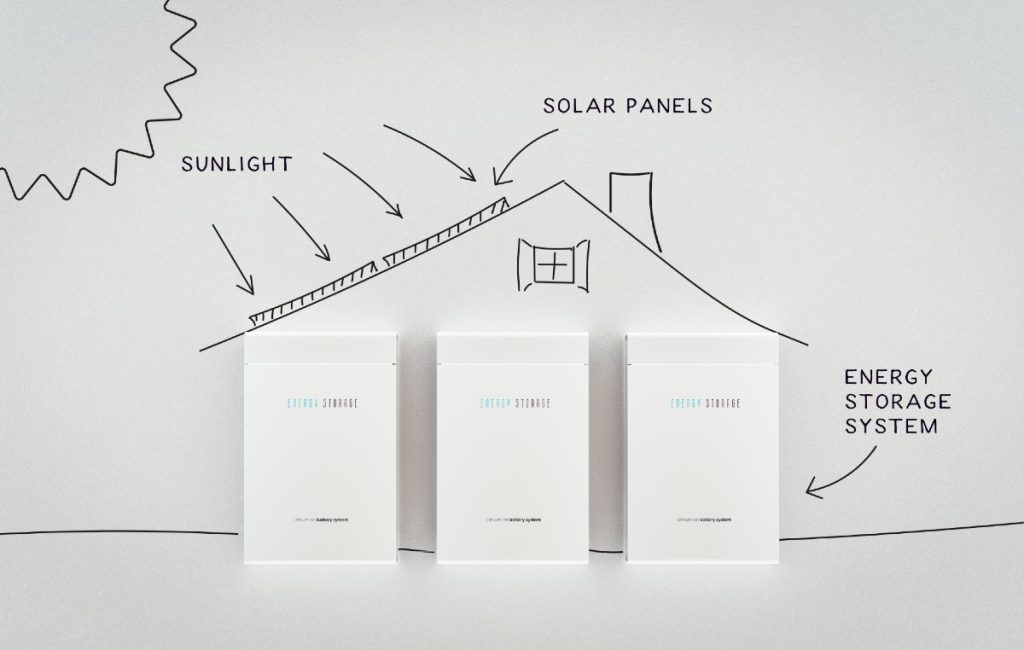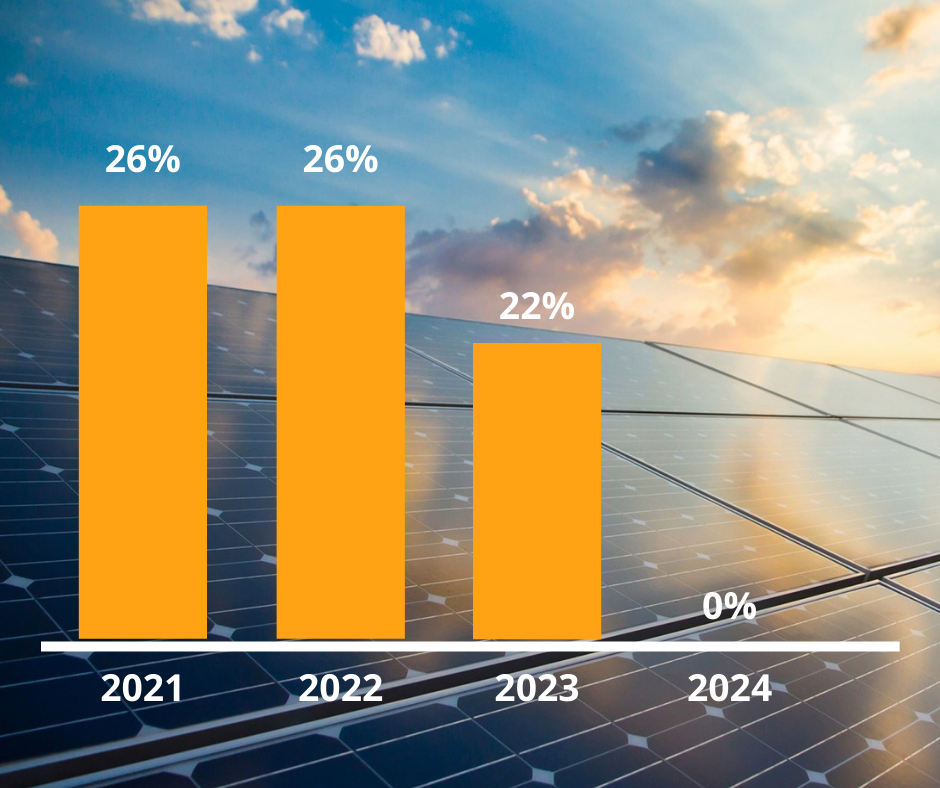Your Home. Your Life. Elevated.
Why You Should Install Solar in the Spring

The world looks a lot different today than it did just a few months ago. While some days it seems that uncertainty is the only certainty, one thing is clear: individuals and families are taking a hard look at how to better prepare for the unexpected. Our (unbiased) opinion is that part of that preparation should include reliable and affordable energy – and we aren’t alone! In fact, while the economic shutdown has impacted businesses across the map, causing some to shut doors and slash budgets, Elevation has seen a hyper-increased interest across markets in self-generated solar energy and battery storage. As you evaluate you and your family’s needs, consider the following on why now is one of the best times to start looking into solar.
The Secret of the Trade: Net Metering and Solar Credits
If you believe that solar cuts you from your utility grid, you would, unfortunately, be both in the majority and incorrect. Only in the most expensive and unique of scenarios can one actually be removed from the utility grid and have constant access to power. How, then, can solar be both an affordable and reliable means for energy in good times and bad? The great minds have made bridging this gap possible with a process called net metering, which leverages your self-produced energy to work when you need it to. Solar panels situated on South- and East-facing roofs will produce far more energy in the morning than is typically needed for an average home during that same time. The same is not necessarily true for West-facing arrays; while production in the afternoon is higher, so, too, are the general consumption needs of the home (consider air conditioning, cooking, people coming home for the day). In fact, consumption needs in the afternoon can vary frequently exceed that of the capabilities of the solar panels concurrently. Net metering compensates for this by effectively using your utility company as a battery; any time your panels produce solar in excess of your needs, that excess is sent to your utility where it is purchased and credited to your account either in the form of a financial or energy amount to be stored until you require energy from the utility again.
On a day-to-day basis, this process is very similar to how a battery functions: save your excess energy in the morning and use it to cover excess usage in the afternoon. However, unlike a battery, most utility grids have no upper limit to the amount of energy they will purchase from you and store as credits on your account. This means that if you treat the calendar year similar to a 24-hour day, then the hot Summer is the “afternoon” when your needs will likely outpace your production (even though solar production will be producing at peak). Consider the Fall, Winter, and Spring to then serve as the “morning” by preparing you for the Summer months and lowering your bills by building up energy reserves in the grid all year and then pulling from those reserves first before requiring some, if any, grid support.
While we support solar installations any time of year, there’s truly no better time than before the demanding afternoon of Summer to install and begin building those reserve credits. Using this model, homeowners are able to affordably purchase solar systems that work for them when they need them to. As utility rates continue to increase and in an increasingly unpredictable world, installing solar panels (and batteries, should you choose the added protection) is the best way to take control of how you power your home. If you’re ready to learn more or make the switch, schedule your free virtual consultation today.






